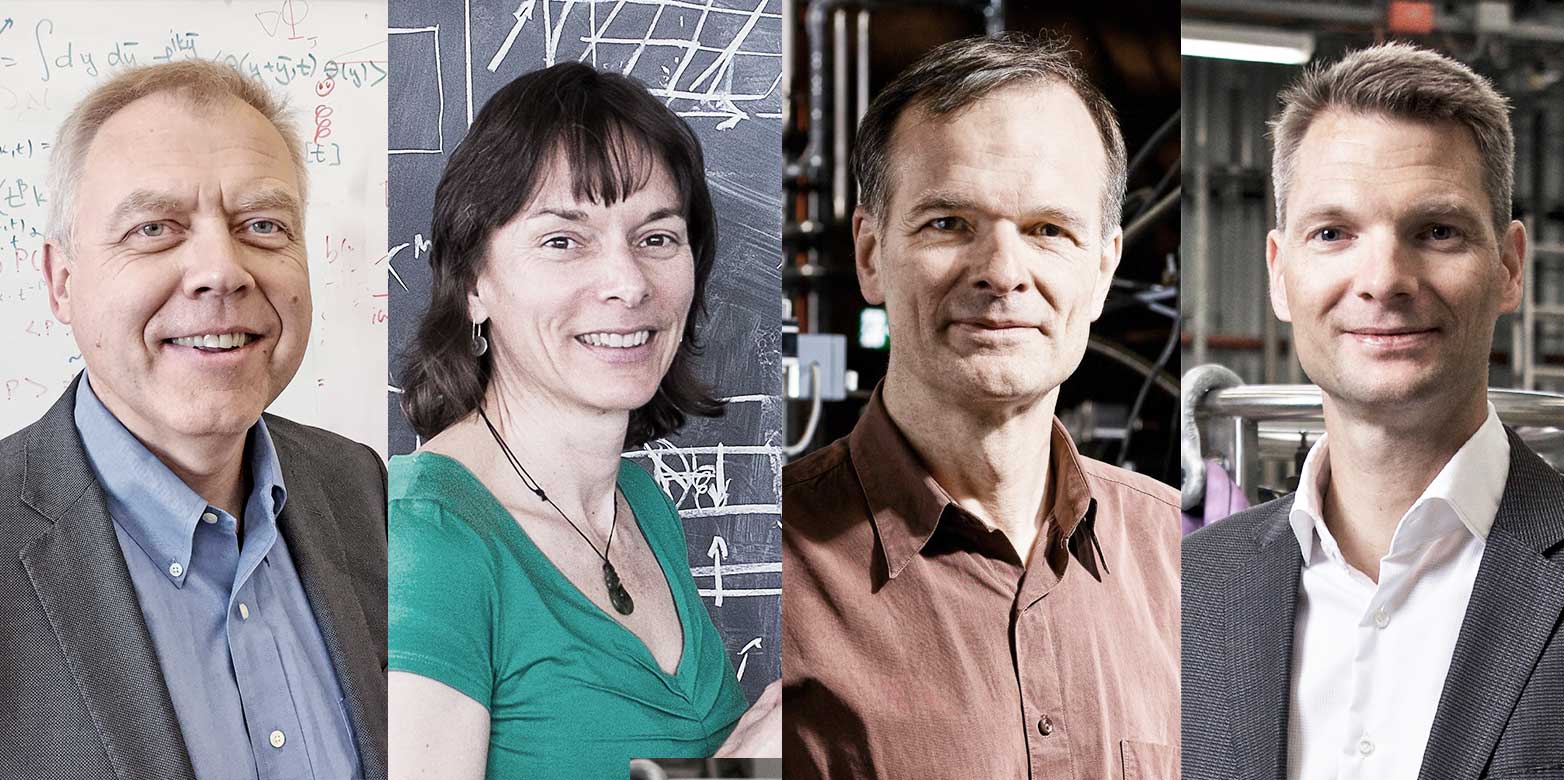EUR 14 million for materials of the future
Three researchers from the ETH Domain, including ETH professor Nicola Spaldin, and a scientist from Stockholm University have received an ERC Synergy Grant of EUR 13.9 million.

A prestigious ERC Synergy Grant has been awarded to an international quartet of researchers, primarily from the ETH Domain: Gabriel Aeppli (photon researcher, PSI), Nicola Spaldin, ETH Professor of Materials Theory, Henrik Rønnow (neutron researcher, EPF Lausanne) and Alexander Balatsky (theoretical physicist, Stockholm University). Their collaborative research aims to uncover quantum properties of materials that could not be found using previous methods.
Quantum research: Switzerland is a strong research location
“The fact that three institutions from the ETH Domain have together obtained a Synergy Grant is an extraordinary event; it is a tribute to the use of synergies and the high quality of Swiss research in the field of quantum research,” says Detlef Günther, ETH Vice President Research and Corporate Relations. He is particularly proud that with Nicola Spaldin, ETH has an outstanding scientist who is aiming to break new ground with her colleagues in this research field.
Spaldin uses an analogy to explain the “hidden” phenomena that they are looking for. From a distance, a large surface made of blue and yellow pixels appears green. “When we look closer, however, we discover additional information – in this case, the way that blue and yellow are arranged to produce the colour green – which is both evident and hidden.”
Discovering these difficult-to-find properties of quantum phenomena will require the cutting-edge analytical instruments from the large-scale research facilities at the PSI, as well as the computing power of the Swiss National Supercomputing Centre (CSCS) in Lugano.
The backbone of tomorrow’s electronics
The scientists are also planning to develop new materials with tailored quantum effects. In future, such effects could be used to process, transfer and store data, making them indispensable for future electronics that need to be quicker, smaller and more energy-efficient.
“We now have to take the next step in the information revolution and make better use of quantum effects,” says PSI photon researcher Gabriel Aeppli. He adds that our current silicon-based information technology is still based on principles discovered around 70 years ago: “This means that we’re hitting the limits of what is possible, particularly in terms of speed and energy efficiency.”
Switzerland’s full association is needed
“While this is wonderful news, we cannot forget that Switzerland’s participation in the ERC subsidy system is very important but cannot be taken for granted,” says ETH Vice President Detlef Günther: “This Synergy Grant shows how important it is that Switzerland continues to be fully associated beyond 2020.”
